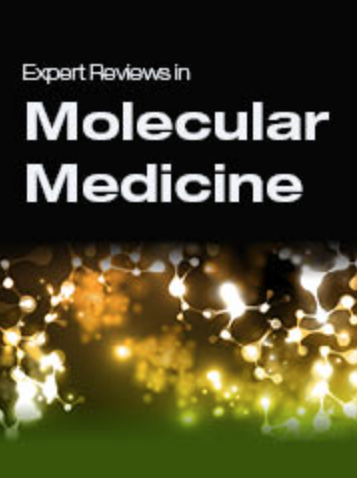高let放射治疗的关键生物学机制,重点是DNA损伤和修复
IF 4.5
2区 医学
Q1 BIOCHEMISTRY & MOLECULAR BIOLOGY
引用次数: 14
摘要
DNA损伤与修复研究是放射生物学领域的核心,也是放射治疗的基本原理。DNA损伤水平是辐射剂量的函数,而损伤类型和生物效应(如DNA损伤复杂性)则取决于辐射质量,即线性能量转移(LET)。DNA损伤的水平和类型都决定细胞的命运,包括坏死、凋亡、衰老或自噬。在此,我们提出了当前的RT模式在DNA损伤和修复的光,重点是中至高let辐射的概述。基于α-粒子的质子放射治疗包括近距离放射治疗和核放射治疗,即质子-硼俘获治疗(PBCT)和硼-中子俘获治疗(BNCT)。我们还讨论了碳离子治疗以及组合免疫治疗和高let RT。对于每种RT方式,我们总结了相关的DNA损伤研究。最后,我们提供了DNA修复在高LET RT中的作用的最新进展,并探讨了不同LET和剂量引发的生物学反应。本文章由计算机程序翻译,如有差异,请以英文原文为准。
Key biological mechanisms involved in high-LET radiation therapies with a focus on DNA damage and repair
Abstract DNA damage and repair studies are at the core of the radiation biology field and represent also the fundamental principles informing radiation therapy (RT). DNA damage levels are a function of radiation dose, whereas the type of damage and biological effects such as DNA damage complexity, depend on radiation quality that is linear energy transfer (LET). Both levels and types of DNA damage determine cell fate, which can include necrosis, apoptosis, senescence or autophagy. Herein, we present an overview of current RT modalities in the light of DNA damage and repair with emphasis on medium to high-LET radiation. Proton radiation is discussed along with its new adaptation of FLASH RT. RT based on α-particles includes brachytherapy and nuclear-RT, that is proton-boron capture therapy (PBCT) and boron-neutron capture therapy (BNCT). We also discuss carbon ion therapy along with combinatorial immune-based therapies and high-LET RT. For each RT modality, we summarise relevant DNA damage studies. Finally, we provide an update of the role of DNA repair in high-LET RT and we explore the biological responses triggered by differential LET and dose.
求助全文
通过发布文献求助,成功后即可免费获取论文全文。
去求助
来源期刊

Expert Reviews in Molecular Medicine
BIOCHEMISTRY & MOLECULAR BIOLOGY-MEDICINE, RESEARCH & EXPERIMENTAL
CiteScore
7.40
自引率
1.60%
发文量
45
期刊介绍:
Expert Reviews in Molecular Medicine is an innovative online journal featuring authoritative and timely Reviews covering gene therapy, immunotherapeutics, drug design, vaccines, genetic testing, pathogenesis, microbiology, genomics, molecular epidemiology and diagnostic techniques. We especially welcome reviews on translational aspects of molecular medicine, particularly those related to the application of new understanding of the molecular basis of disease to experimental medicine and clinical practice.
 求助内容:
求助内容: 应助结果提醒方式:
应助结果提醒方式:


